Wondering how to fix Google Chrome ‘He’s dead, Jim!’ error on Windows and ChromeOS?
Google is pretty good at nailing catchphrases, quotations, and popular references. It tries to be witty with the error messages, and one such nerd joke example is the ‘He’s dead, Jim’ error code.
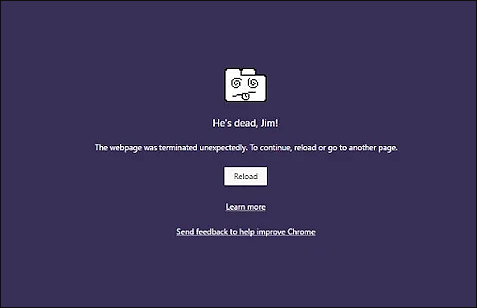
Those of you who identify as a ‘Trekkie’ might already get the reference (toot your horn). But if you don’t, this error code simply means that the system has crashed. This can occur due to the following reasons:
- Chrome ran out of memory or the webpage process was terminated
- The webpage was unable to load due to long periods of inactivity
- A problematic extension interfered with the process
In case you are facing a similar issue on your PC, you are in the right place. In this guide, we will walk you through the relevant troubleshooting steps in detail.
Let’s get started!
1. Reload the Page.
In case you haven’t tried reloading yet, try it because it helped several users resolve the issue.
This is helpful in cases where a bug is causing the issue or you left Chrome open and your PC went to sleep. To reload the Chrome page, simply click on the reload icon in the top-left corner and check if it solves the problem.
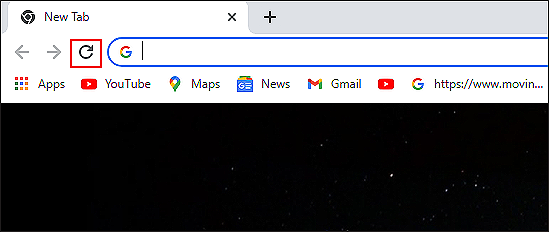
If it did not, then proceed to the next troubleshooting method listed below.
2. Shut Down the Inactive Tabs.
Not all PCs are designed to handle loads of work at a single time. Some come with limited resources and opening several tabs can put pressure on the RAM department – thus the error.
If you face the ‘He’s dead, Jim!’ error on Windows and Chrome only when using a low-end PC, then the only way to resolve the issue is by opening fewer tabs at a time. This will prevent your PC from crashing scripts.
Alternatively, you can view the CPU and memory usage by pressing Ctrl + Shift + Esc to open Task Manager. In the Processes section, check the percentages related to CPU and Memory.
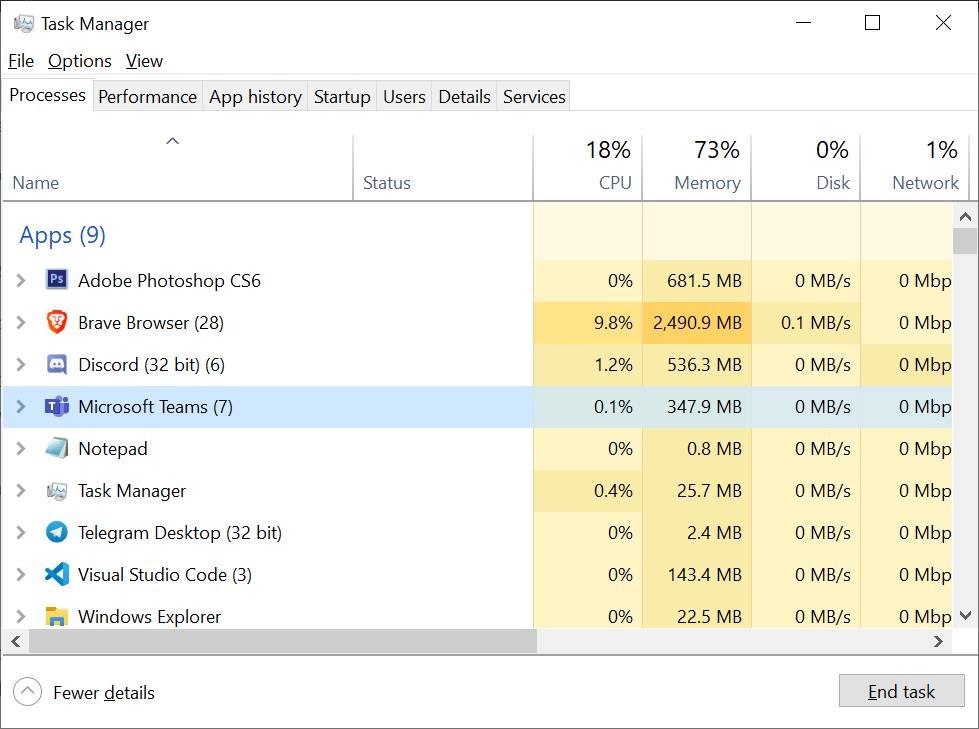
3. Disable the ScriptSafe Extension.
Are you using ScriptSafe or any similar extension on your Chrome? If yes, then there is a high chance that it is to blame for the error at hand.
Extensions like ScriptSafe act as a security guard by offering an additional security layer between websites and end-users. If they detect a malicious website, they will immediately block it but unfortunately, there are times when they also block legitimate websites as a result of false alarms.
To resolve this issue, you can either whitelist the website you are trying to access or simply disable the extension. We also recommend disabling Windows Defender Firewall or any third-party antivirus you are using on your PC, as they can also be causing this issue.
Here is how you can disable the extension on your Chrome:
- Launch Chrome and click on the More button (three dots) located on the top-right of your screen.
- Select More tools and then click on Extensions.
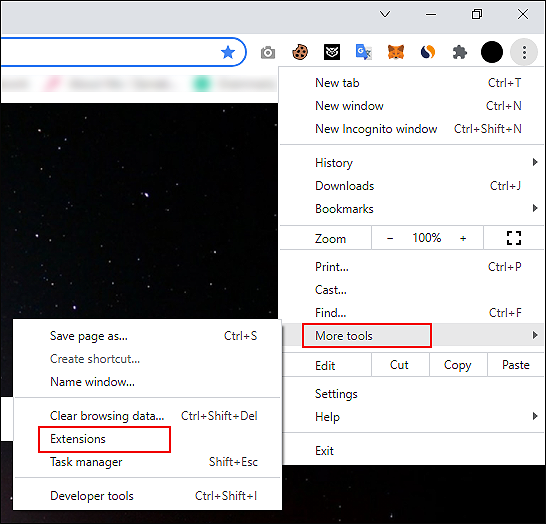
- On the Extension page, locate the faulty extension and hit Remove.
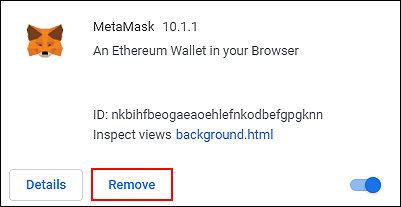
If your over-protective extension was causing the issue at hand, removing it should resolve the problem in no time.
4. Disable AppContainer.
In Windows, AppContainer is a restrictive environment that protects your applications and processes from hacking.
In AppContainer sandboxes, the application processes are prevented from writing and reading outside of the bounds, which sometimes causes issues like the one at hand. Several users managed to resolve the issue by disabling AppContainer, which is why we recommend giving it a shot.
Here is what you need to do:
- Locate Chrome’s shortcut on your desktop and right-click on it.
- Select Properties from the list of options available and inside the Properties window, navigate to the Shortcut tab.
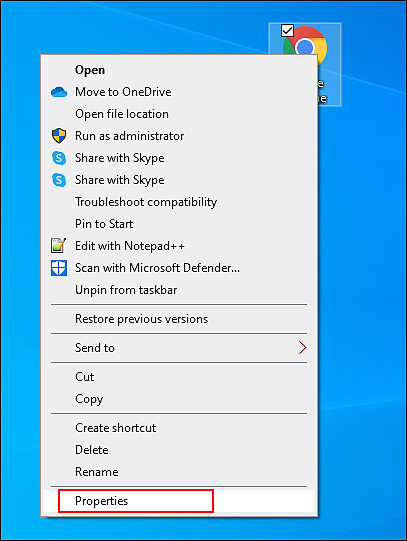
- Now locate the Target entry and type the code mentioned below in it right after ‘ “ ‘.
--disable-appcontainer
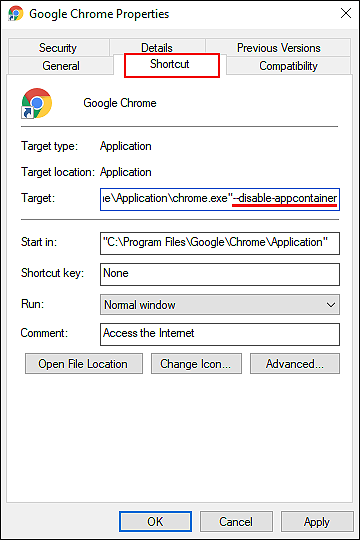
- Click on Apply to save the changes and restart your PC.
This should resolve the issue in no time.
5. Run SFC Scan.
The issue at hand can also be caused by corruption errors within the system. Luckily, several other efficient built-in scanners help users detect and fix corruption errors within their system.
One such tool is the System File Checker (SFC) that scans your system’s protected files for issues and attempts to resolve them without any user input.
Here is how you can run the SFC command to resolve the issue under consideration:
- Type cmd in the search bar and click on Run as administrator.
- In elevated Command Prompt, type the command listed below and hit Enter to execute it.
sfc /scannow
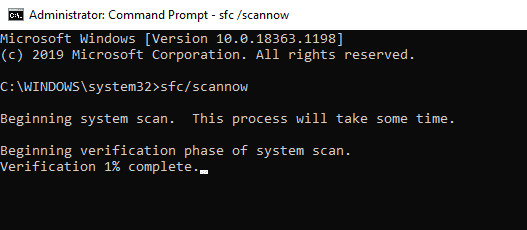
- Once the command is executed, restart your PC and check if the error is resolved.
If a bug or corruption error was the culprit, running the SFC command will hopefully resolve the issue. In case the error persists, proceed with the method mentioned below.
6. Try Using CleanMyPC.
As we mentioned earlier, it is common for bugs and corruption errors within the operating system to prevent browsers from running properly. These corruption errors typically develop as a result of several junk files in your PC, which is why if you haven’t deep cleaned your PC in a long time, consider doing it now.
The easiest way to deep clean your PC is by using an efficient PC cleaner. Our personal favorite is CleanMyPC, and we recommend you install it too!

CleanMyPC is not just a PC cleaner, as it can handle a wide range of system-related issues, thanks to the efficient tools it comes with. Whether your PC is struggling with slow speed or privacy issues, CleanMyPC has got you covered!
Install CleanMyPC now and get your PC up and running like new in no time!
7. Reset Chrome Settings.
If none of the methods mentioned above works for you, then this implies that the error at hand cannot be resolved using the conventional troubleshooting steps.
If this scenario is applicable, then we encourage you to go ahead and reset the settings of your Chrome browser. Resetting the settings will revert Chrome into its initial, error-free state and hopefully, resolve the issue.
However, it is essential to note that resetting the Chrome settings will remove cache, cookies, and site data.
Here is how you can reset the Chrome settings:
- Launch Chrome and click on the More button (three dots) located on the top-right corner of your window.
- Select Settings from the list of options available and in the Settings window, scroll down to locate the Advanced option.
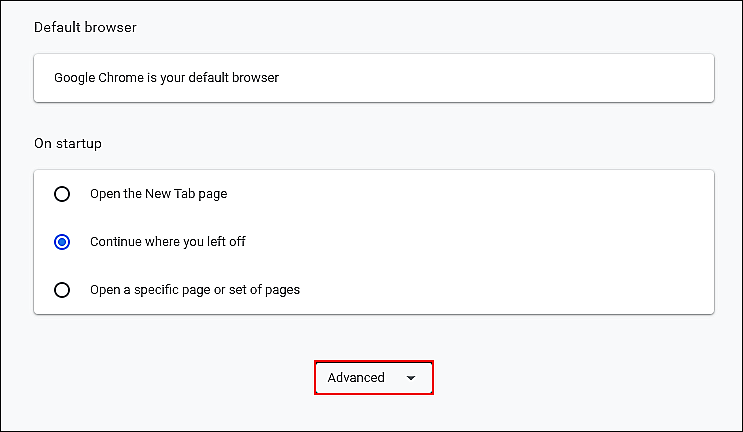
- Expand the Advanced option and click on Reset settings to their original defaults.
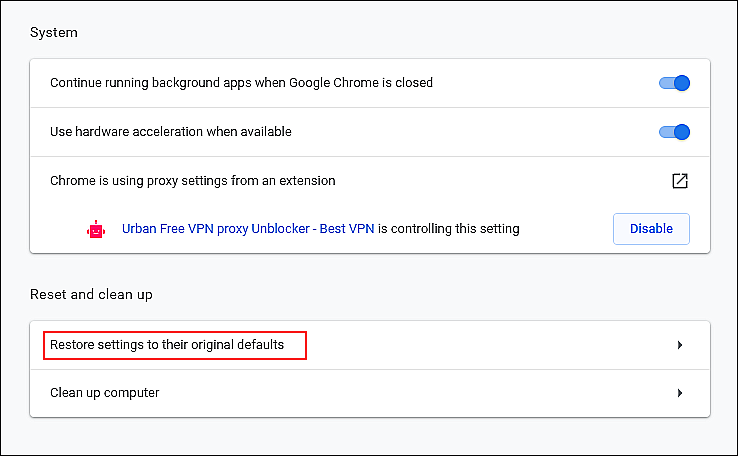
- Finally, click on the Reset settings button and wait for the process to complete.
Hopefully, this will resolve the issue once and for all.
This wraps up our guide on fixing the Google Chrome ‘He’s dead, Jim!’ error on Windows and ChromeOS. We hope that one of the methods mentioned in this guide did the trick for you. If you have any questions regarding the methods listed above, please let us know in the comment section below.
If this guide helped you, please share it. 🙂





